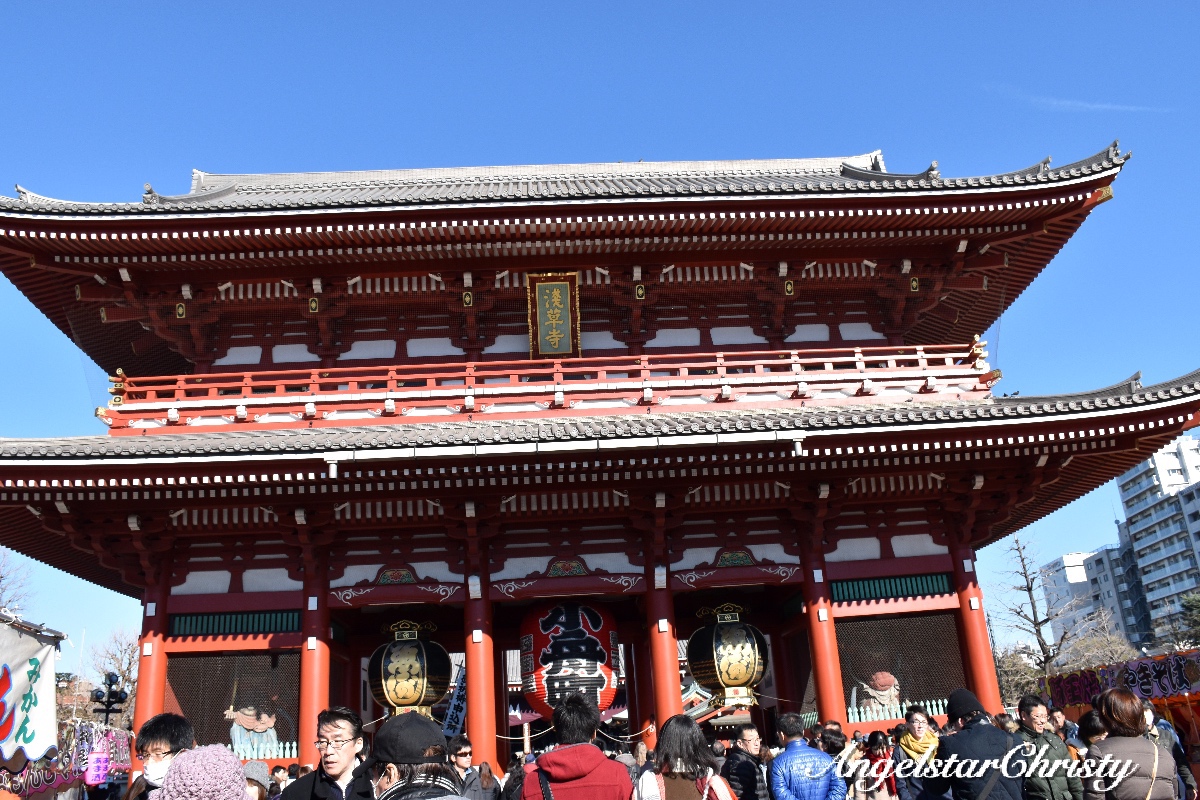
Vibrant colors and sounds of gaiety fill the air; amidst the enchanting company of the graceful jiggling of the light bulb stalks popping from the thatched roofs and the animated chatter from the crowds wedged between the rows of stalls as they flock down the broad middle aisle in a straight line.
It is indeed quite a scene, though one that is simply colorful and fascinating which aptly describes the atmosphere on the popular Nakamise Street (Nakamise Dori), located right in the heart of Tokyo.
Said to be one of the oldest shopping streets in Japan, Nakamise definitely lived up to its reputation though it is also rightly situated in a strategic spot, as the neighboring consort to one of Japan's most famous and historically prized ancient Buddhist temple.
It is none other than the renowned Senso-ji Temple; which tops the list of the attractions in Tokyo, if not Japan.
Located in Asakusa, a visit to Tokyo will not be complete without a visit to this ancient temple dedicated to the worship of Kannon, the Goddess of Mercy as believed in the teachings of Buddhism.
Founded in 628, Senso-ji Temple is also the oldest temple in the city of Tokyo.
It is helmed as an important temple among the Buddhist devotees and many believe in its mystical powers in granting their wishes and prayer fulfillment, which explains the massive crowd spotted at this temple throughout the year.
Interestingly, the story behind the temple's dedication to Kannon; or Boddhisattava Kannon (Goddess of Mercy) was attributed to the legend of two brothers; both fishermen who were fishing and they fished out the bronze statue of the deity from the Sumida River.
This discovery led to their village headman converting to a staunch Buddhist, dedicating his life to worshipping the deity; who was well-known as the most compassionate and merciful figure in the religious teachings.
Senso-ji Temple is also affectionately known as Asakusa Kannon, and the love and devotion towards the loving figure of Goddess of Mercy, Kannon, draw millions of visitors to the grounds every year (approximately 30 million per annum).
There are also statues of the deities erected on the outer surrounding area of the temple grounds for worship.
Getting around Senso-ji Temple
At a glance, it is as though the temple is just located at the end of the Nakamise Dori, but really, the temple grounds extend way beyond the area and even the gates.
Kaminarimon Gate (Furaijinmon Gate) also known as the Thunder Gate

This is the first gate one will go through as one approaches the grounds of the temple.
Located at the south of Asakusa, the gate is also known as the Thunder Gate with the statues of Fujin (Wind God) and Raijin (Thunder God) flanking the sides of the gates, as they were believed to have come to this resting place during the erection of the original gate back then during the Kamakura period.
The huge red lantern hung at the entrance is one that is symbolic and in popular reference throughout Japan.
Nakamise Dori (Nakamise Street)

Past the Thunder Gate and one will enter the renowned and historical shopping street of Nakamise; which is well-known not just as the oldest shopping street in the capital of Japan but is also one of the best places for souvenir shopping.
Take your pick from the multitude of stalls lining the streets and immerse yourself in the hustle bustle which is just so merry that it can be easily mistaken for a festive market, yet that is the way it is all year long.
It is just like those flower markets found during Spring season in most of Asia.
It is indeed very festive and there is never a dull moment while walking down the street.
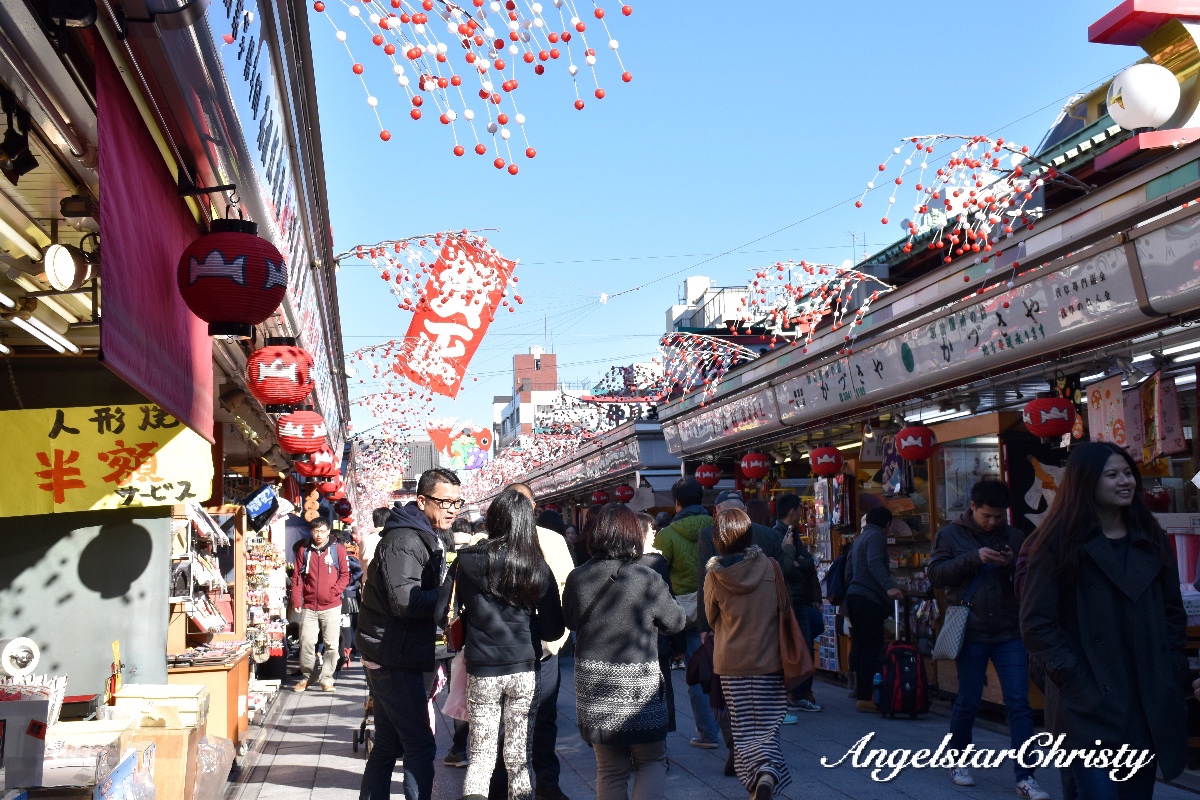
Be taken by the cute and fascinating souvenirs, while at the same time, enjoy a snack or two as you make stops at some of the food and drink stalls.
(You will be reminded to eat at the stall, and discard your trash at the waste bins allocated right at the stall before you are allowed to purchase.
The Japanese do not eat or drink as they walk on the streets as they considered it inappropriate)
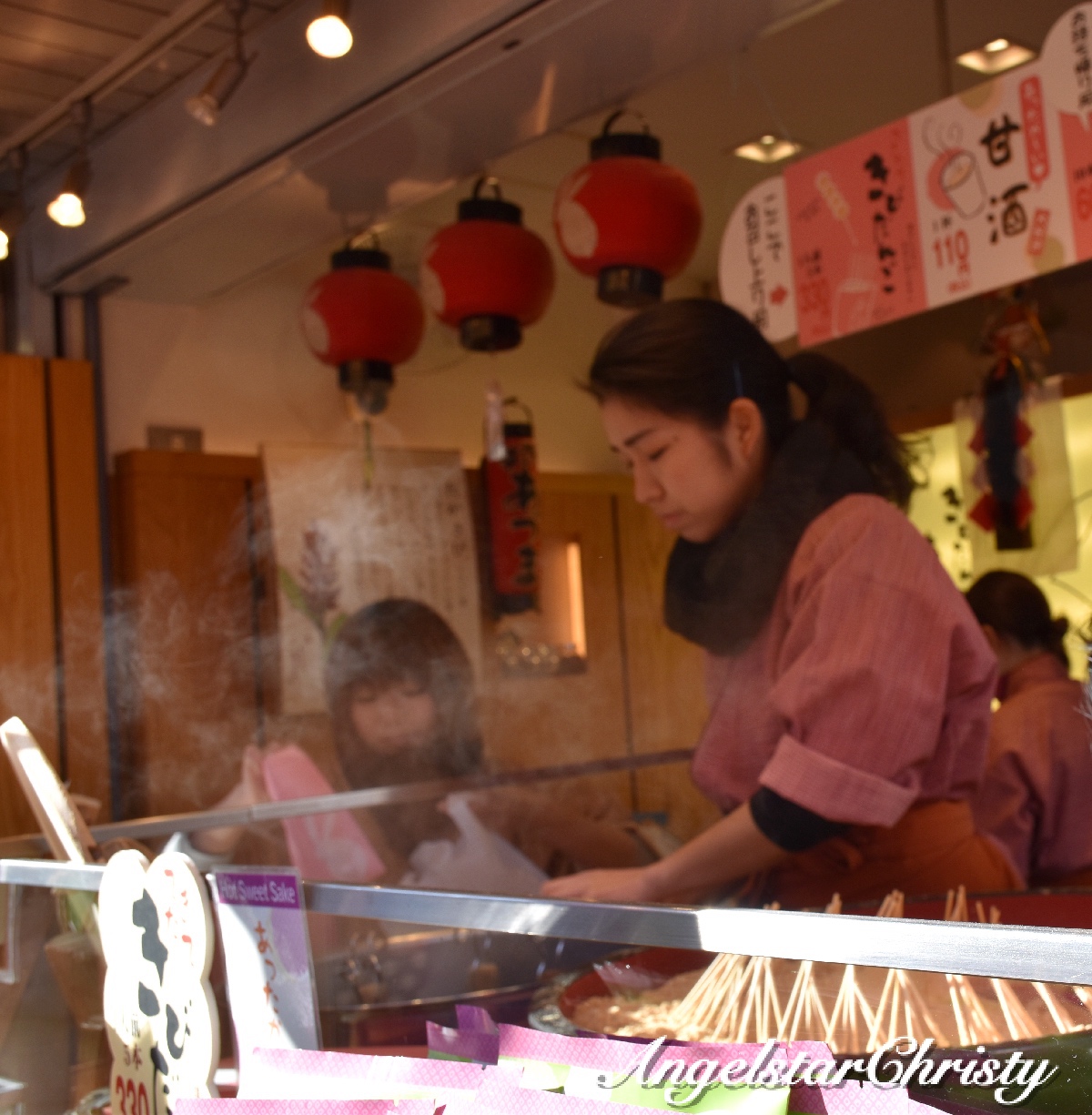
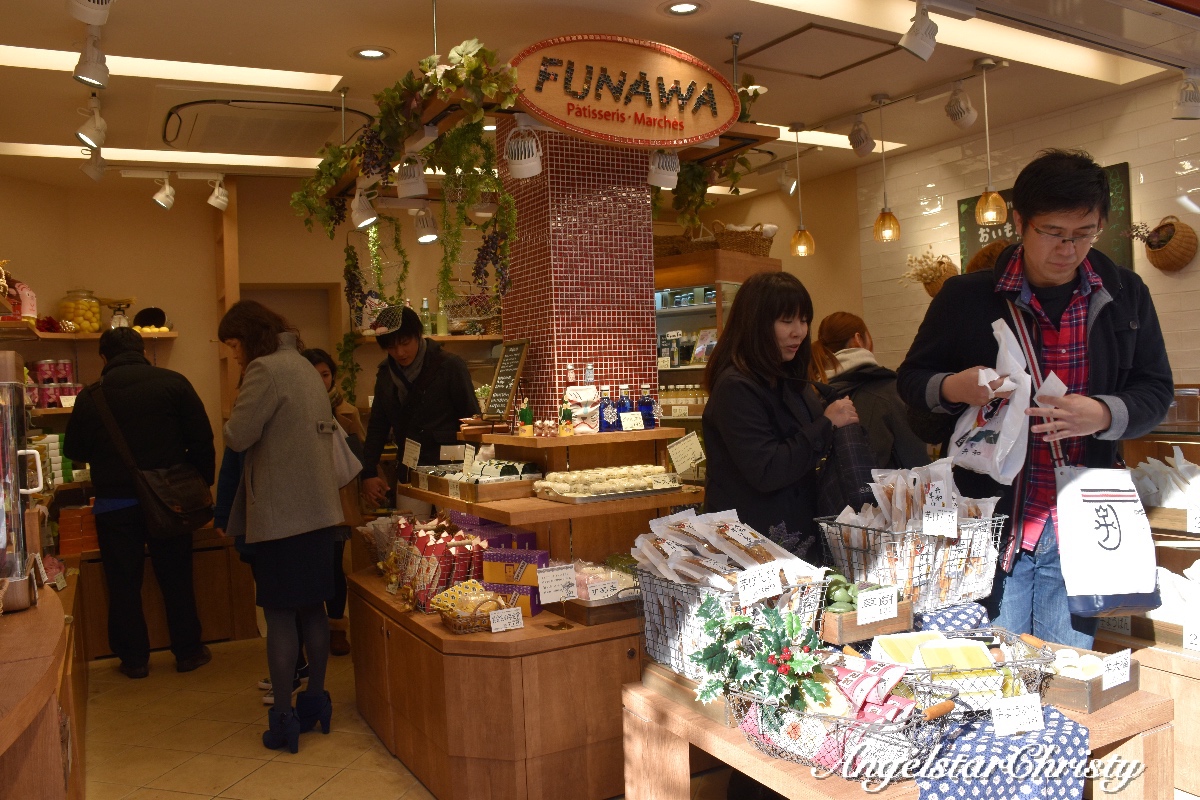

Hozomon Gate (formerly known as Niomon Gate when it was first erected)

The gate at the end of Nakamise; which will lead into the temple grounds.
Five-Stories Pagoda (on the left after entering the gate)

Main Hall (Kannondo Hall)

As the name suggests, the hall is where the Goddess of Mercy, Kannon resides.
However, the deity resides in the inner section which is only accessible with an additional entrance fee.
The Main Hall is named as one of the national treasure and is treated as such.
It was rebuilt in 1958 following its obliteration during the Tokyo air raid in 1945; and much of its architecture remained though it is re-constructed with the additional titanium roof tiles to fortify the overall integrity of the structure.
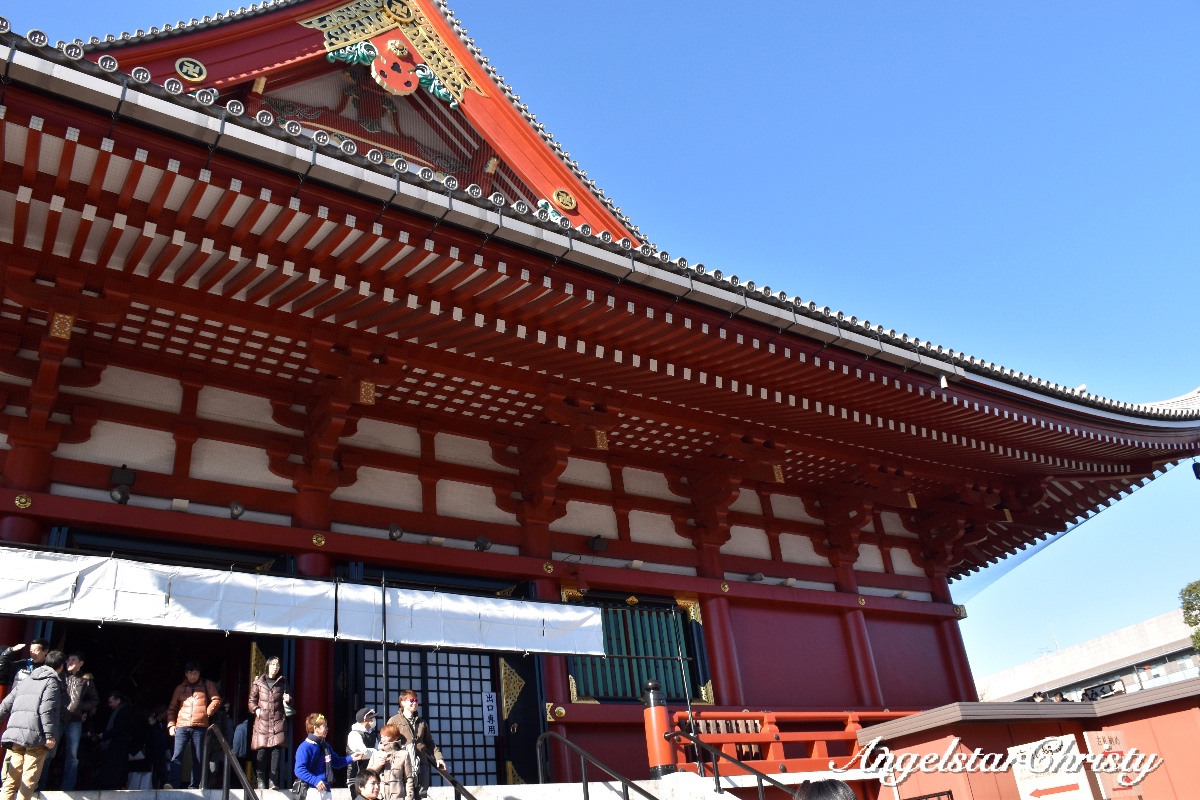
There are other halls, or surrounding buildings on the temple grounds
Yakushido Hall - one of the oldest halls among all the structures.
Awashimado Hall, Yogodo Hall, Zenizuka Jizo-do Hall, Nitenmon Gate, Bentendo Hall, Chingodo Hall and Demboin and gardens are on the list of the structures making up the entire complex of the Senso-ji Temple.
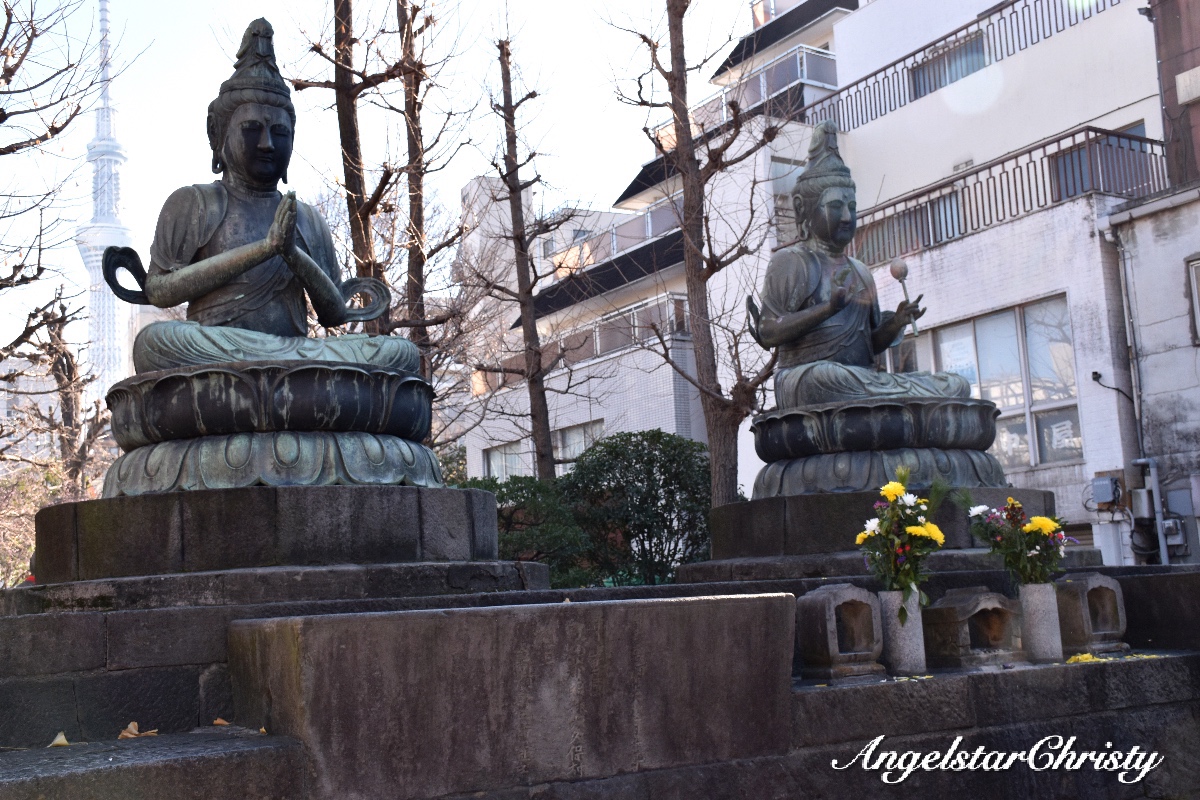
With more than half of the population are devotees of the Buddhism teachings, it is not surprising to find temples all over the country.
It may even be safe to say that the temples and shrines could rival that of the number of the sushi joints and izakayas around.
However, if you only have time for one temple (and we all know how hectic it could get while traveling to Tokyo), make Senso-ji your stop.
It is compulsory and it would be just wrong not to include this temple on the itinerary, with all the vivacious and jovial spirits making up the atmosphere; as though one has entered a different realm altogether.
You don't have to be a Buddhist to visit a temple; the religion of faith is one that is unspoken and it is evident in the eyes and hearts of the devotees who make their way to this ancient temple.
It may be ancient, but the festivity and gaiety here could just revive that bubbly spirit within alive; as one walks on the grounds, entranced by the gallivanting charms of the colors and vibrant spirits surrounding the environment.
You will be spirited away by the lively charms; each with a story of their own to tell...

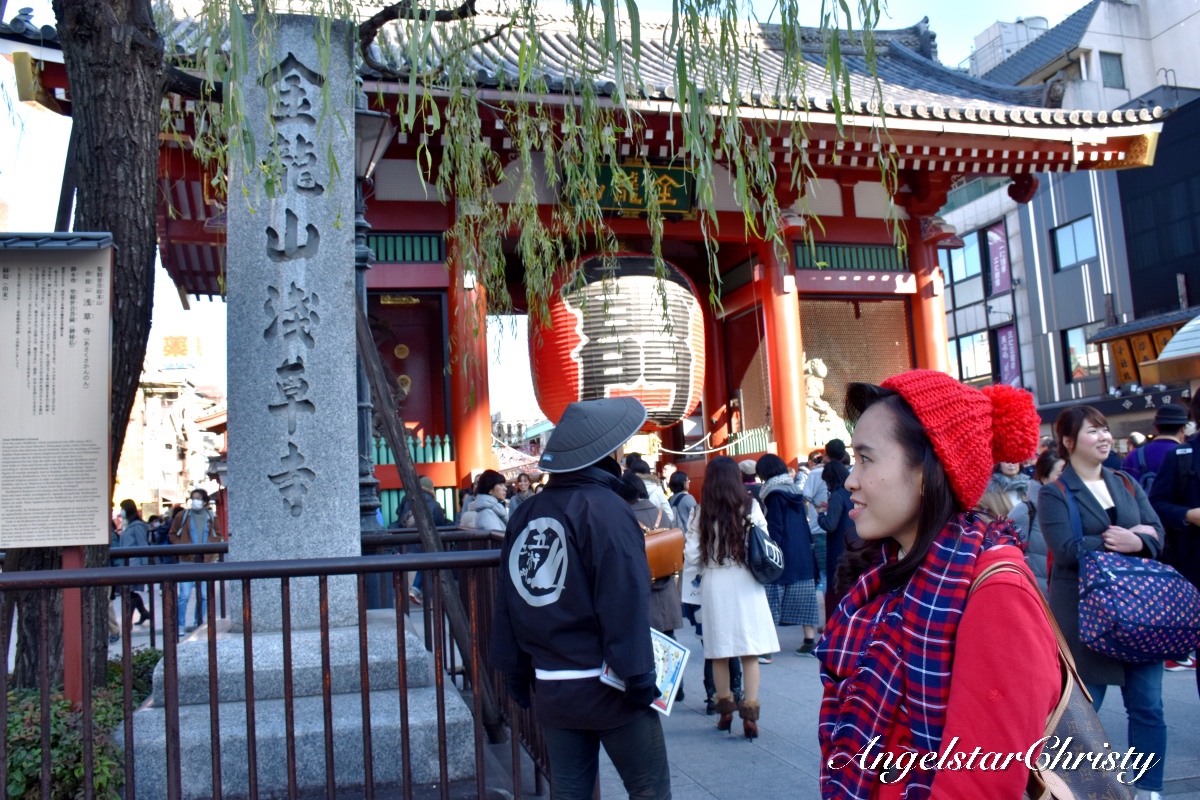
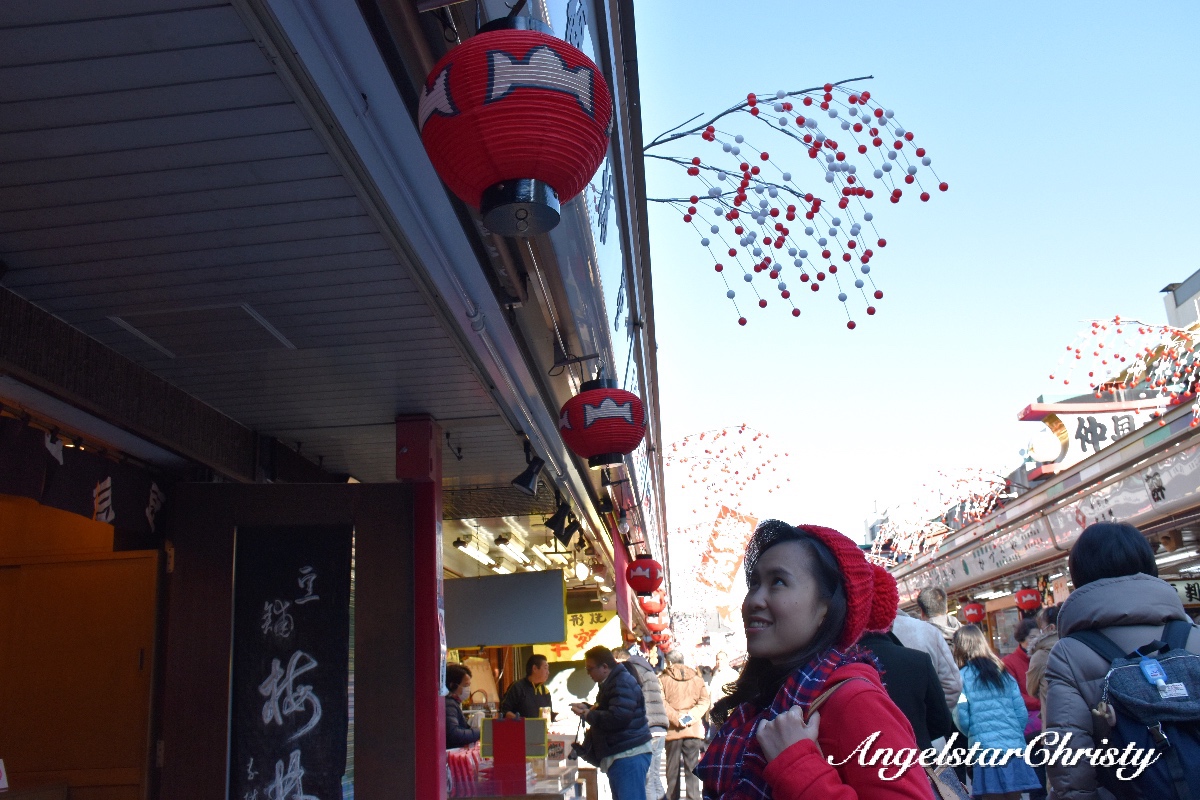
Place: Senso-ji Temple (Asakusa Kannon Temple)
Address: 2 Chome-3-1 Asakusa, Taito, Tokyo 111-0032, Japan
Opening Hours:
Main Hall are open from 6.00am until 17.00 (From October to March, it will be open at 6.30am)
Grounds are open throughout the day
No entrance fee
Getting there:
Take the JR Yamanote Line(from Tokyo Station)/JR Chuo Line (from Shinjuku) to Kanda Station, then transfer to Ginza Subway Line and get off at Asakusa Station.
You do not have to agree with me.
Art Direction and Photography Styling by Me.
Photos/Videos all belong to me and are copyrighted.
Please kindly ask for permission if you need to use any of my images.
Check out my Pinterest @Angelstarc
Follow me on my live updates on my life, happening on SNAPCHAT @angelstarchrist



0 comments